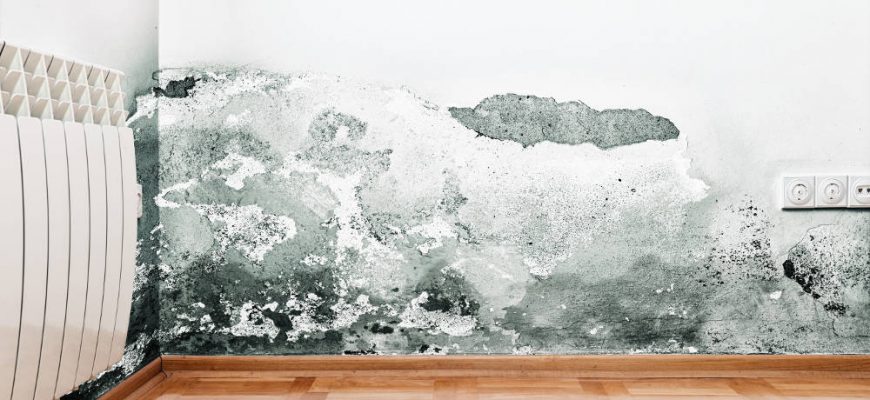
Mold and mildew are not exactly the same, and understanding the difference is important when remediation is needed.
Is It Mildew or Mold?
Mildews and molds are different kinds of fungus, and both come in a variety of species. Both of these fungi grow quickly when conditions are humid or moist, which means they are often found in bathrooms, kitchens, and crawl spaces where moisture is present.
In most cases, mildew grows only on the surface of a wall, floor, or ceiling, while molds are capable of extending deeper into the material, making them harder to treat and potentially more harmful.
Because it is restricted to the surface, mildew is easier to get rid of than a mold problem. If the mildew is not extensive, it can often be remediated simply by applying a disinfecting agent to the area.
While there are countless species of mold, the Center for Disease Control and Prevention (CDC) reports there are five species commonly found causing problems in buildings. These are:
- Aspergillus, usually found on walls and insulation materials and appearing in many colors,
- Penicillium which often appears in areas with significant moisture,
- Alternaria, the most common mold type found in showers, under basins and sinks, and on window frames,
- Cladosporium, a mold which prefers colder environments,
- Stachybotrys chartarum, also known as the toxic black mold because it releases a poisonous dust which can cause asthma, allergies, sinus infections, and other serious health problems.
Whatever type of mold or mildew problem you may have, effective solutions are available from Tri Span Environmental.

